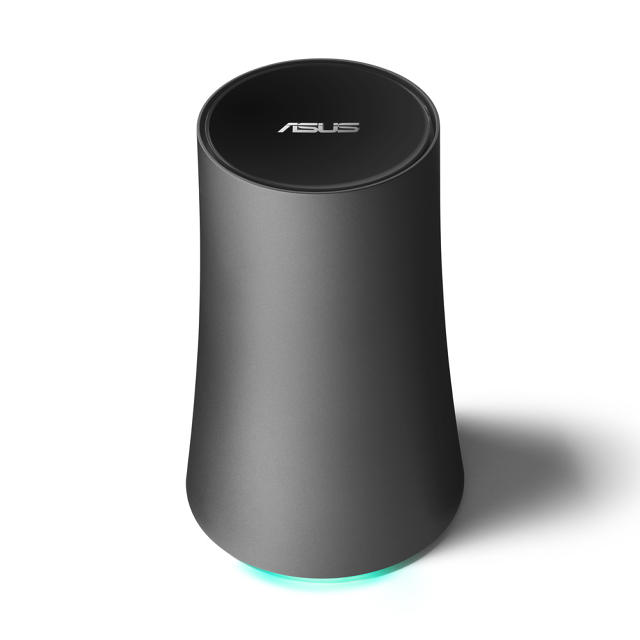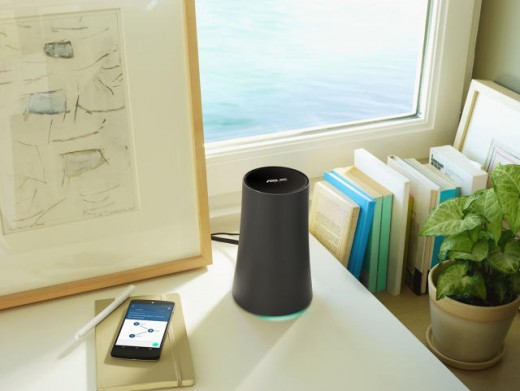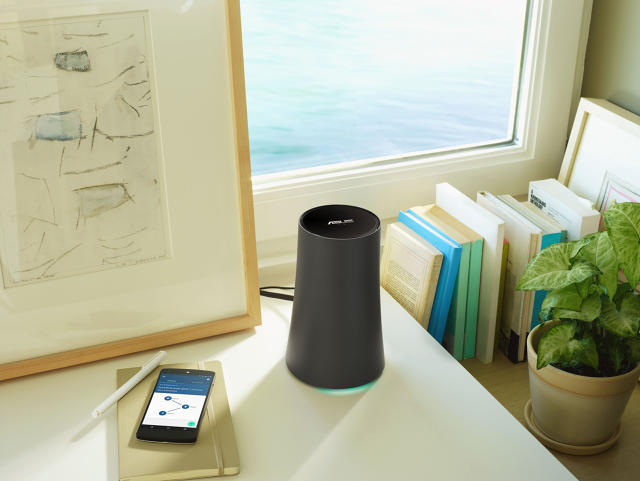To Get higher Wi-Fi On Google’s New Router, just Wave
Made by Asus, Google’s 2nd OnHub takes any other small however meaningful step against bringing people nearer to their routers.
October 27, 2015
When Google released the first OnHub again in August, it did so with the mission of now not handiest making the most human-centric, easy-to-use Wi-Fi router ever, however to design a router you wouldn’t need to hide away in a corner, where its sign would possibly degrade. For its 2nd OnHub, Google wants you to do one thing much more interesting: physically interact together with your router thru a fun and playful affordance. To get higher Wi-Fi speed when bandwidth is at a top rate, all you wish to do is wave.
by way of passing your surrender the router, that you may mechanically tell your OnHub to give a pre-determined software in your home precedence over all other connections for the following couple of hours. That manner, if you’re looking at Netflix in your tablet whereas your roommate is torrenting one thing on their pc, which you could ensure your OnHub retains the video buffering to a minimum.

the original OnHub at all times had the flexibility to control precedence units via its app—and still does—but with the aid of giving the Asus OnHub movement controls, Google has taken some other small step in opposition to organising a more intuitive relationship between the user and the router. A router that you would be able to have a meaningful bodily interplay with is just every other reason not to cover it away somewhere that prevents it from doing its job well.
physically, the brand new Asus OnHub is not all that completely different from the first edition, which was built through TP-link. it is a an array of seven high performance Wi-Fi antennas, organized in a cylinder. Whereas the earlier OnHub looked a bit of like a mix between a Bluetooth speaker and a Muji-designed trashcan, Asus’s OnHub has more of an natural, hourglass shape which appears extra sculptural and vase-like.

in line with product supervisor Ben Brown, there are good the explanation why Google is teaming up with a couple of OEMs. whereas the OnHub wants to be a router for the rest of us, individuals still have a lot of model loyalty to companies like TP-hyperlink, and Asus. however additionally it is about letting completely different firms play and adapt with the OnHub’s kind factor. considering that these routers are designed to sit out in the open, they don’t want OnHub to be a one-design-fits-all product: it is crucial that individuals be able to choose one that matches their very own personal aesthetic and decor, this means that letting many designers have a go at it. “We wished to have a number of design picks, one thing that makes selecting a router now not just a necessity, however one thing shoppers have agency in selecting,” he says.
What does unite each the TP-link and Asus OnHubs is their dissimilar cylindrical shapes, a far-cry from the blinking plastic bins that almost all of us have tethered to our broadband connection. part of that form is type following function: the OnHub’s array of antennas are in a position to give advanced Wi-Fi protection to a home on account of their round arrangement. but Brown says that the cylinder can also be a concerted effort to interrupt the black box paradigm in router design that results in so many routers being shoved right into a stack of gadgets, or inside a closet or entertainment middle. The extra you disguise a router from view, the worse your Wi-Fi sign is. “We needed to alter the dialog a bit of,” Brown says. “It was once necessary they look and feel different to carry them out of the closet.”
The Asus OnHub goes on pre-sale nowadays, starting at $220. you could order one here.
(85)














